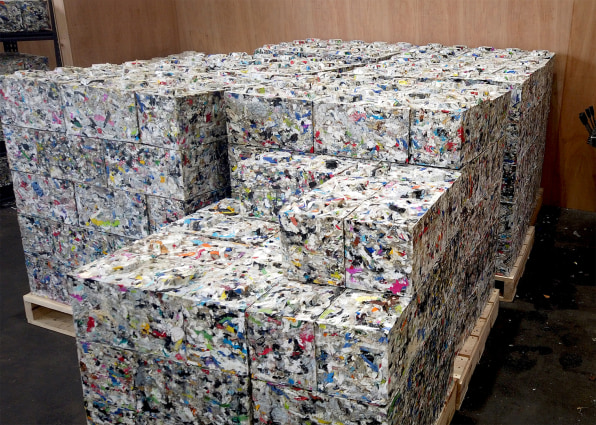In an amazing discovery, researchers at the University of Florida in Gainesville have developed a way of printing complex objects in gel, a method that could help pave the way to 3D printed organs in the future.
The idea of 3D printing organs was always questionable because of the fact some end products, such as organs, can’t support their own weight until they’re finished. However, by surrounding the organ in gel, researchers found a way around the issue.
How the Process Works:
The new 3D printing technique prints objects in an acrylic acid polymer gel that has the same consistency as hand sanitizer.
From there, what would usually just collapse in a heap is held together by a scaffold and aided by small needles depositing, say, a human blood vessel, which can be meticulously knit together.
The team can create “spheres as thin as two sheets of paper and strands about 10 times thinner,” according to New Scientist.
While the technique has already been used to make a small replica of one of the researcher’s brains, there is one obstacle it needs to overcome.
The gel the team uses to support the structures isn’t organic, so it can’t keep the tissue alive while it’s printed.
If they can figure out how to surpass this obstacle, 3D printing real organs won’t be that far off.
I’m excited to hear the new advancements moving forward!






